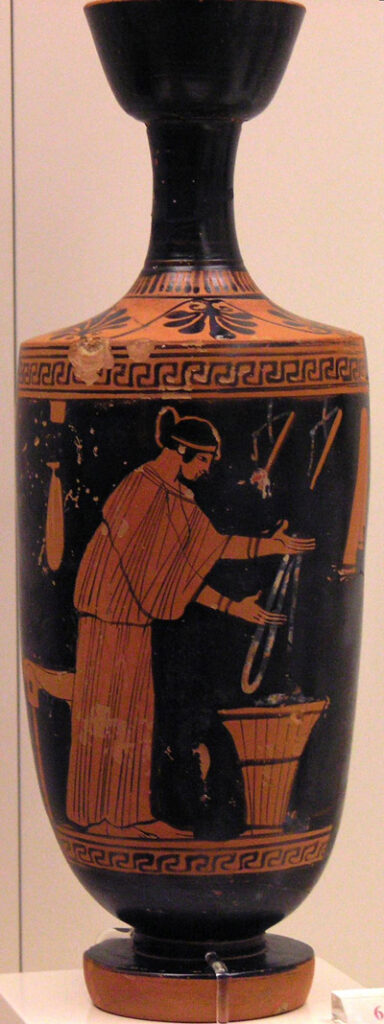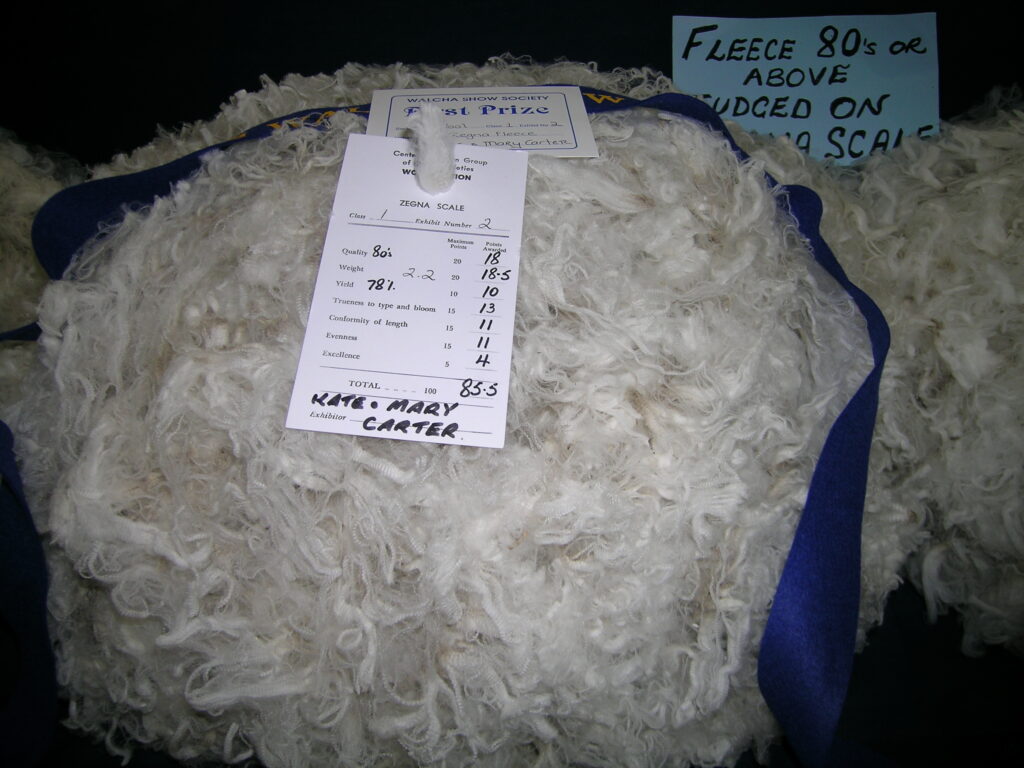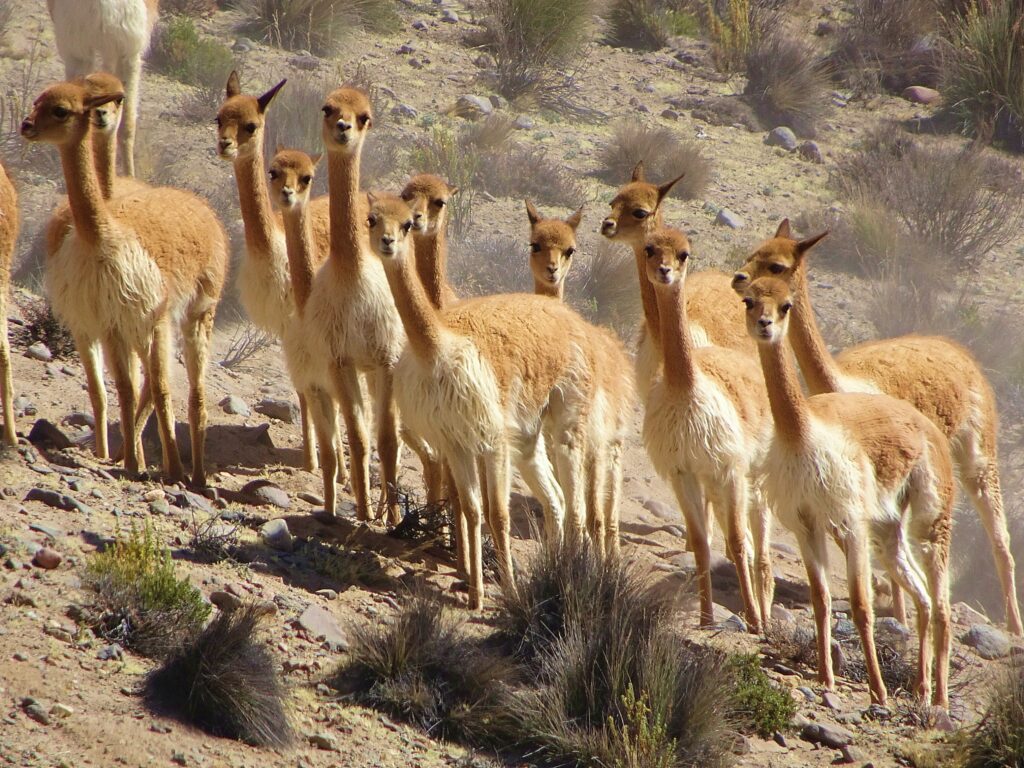Wool, a fiber obtained from sheep’s fleece, possesses numerous characteristics that set it apart from other natural fibers. Wool is elastic, strong, and water-repellent, capable of absorbing up to 30% of its weight without feeling damp. It serves as an excellent heat insulator, making clothing crafted from lightweight wool fabrics suitable even for summer wear. Furthermore, wool is notably fire-resistant, significantly reducing the risk of fire hazards in household use.
The history of wool usage in clothing spans thousands of years. In addition to clothing, valuable artistic items such as blankets, carpets, and tapestries have been crafted from wool for centuries. Late Antique Coptic textiles, woven from wool and linen between the 4th and 8th centuries in Egypt, were often used as appliqués on clothing. They were adorned with various botanical and geometric motifs, and at times, figurative compositions. These Coptic textiles are now preserved in numerous public and private collections worldwide, including the collection of the Museum of Applied Arts in Belgrade.
In the past, as well as today, creating an elegant men’s suit involved using high-quality and modern wool fabrics. In an advertisement published in the Serbian newspapers in 1879, Belgrade tailor Dimitrije M. Ilić advised against purchasing garments that would fade, wear out, get frayed, or tear within a month or two. He offered various types of men’s coats, trousers, and suits, such as a coat for a person of modest means for 25 dinars, a coat suitable for anyone for 34 dinars, and a coat made of fashionable fabric for 36 dinars… The price range for making a men’s suit at Ilić’s shop varied, depending on the chosen fabric, from 36 to 84 dinars.
While Belgrade’s male tailors in their advertisements emphasized the availability of a rich selection of imported fabrics, often from England, France, and Brno, some fabric stores in Belgrade exclusively dealt with selling these fabrics in the 19th and the first half of the 20th century. Among them were the stores of Nikola S. Šopović, established in 1823, and Anastas Pavlović, founded in the 1890s.
Wool holds a significant place both in the history of fashion and in the contemporary fashion industry. When it comes to wool quality, among more than 1,000 sheep breeds existing today, the Merino sheep stands out. This breed, which yields fine and soft wool, was cultivated in late medieval Spain, a country that monopolized wool production for a long time. Merino sheep were owned only by the wealthiest, and their export was strictly prohibited under the threat of the death penalty. In the 18th century, herds of Merino sheep began to arrive in other European countries. King Louis XVI of France purchased a Merino sheep herd in 1786 from his cousin, King Charles III of Spain, and started breeding them in Rambouillet. Thus, the breeding of Merino sheep spread to other parts of Europe, ultimately reaching Australia and New Zealand, which are now among the world’s largest wool producers.
Contemporary fashion brands known for crafting luxury clothing from wool fabrics pay great attention to the production of high-quality wool. The company Ermenegildo Zegna awards various prizes to Merino wool producers, with the oldest being the Ermenegildo Zegna Perpetual Trophy, established as early as 1963. Since 2014, this company has owned its own Merino sheep farm, Achill, in Australia.
The company Loro Piana established the Record Bale award for Merino wool producers in 1997. This company is also renowned for its products made from vicuña wool. This exceptionally fine and rare fiber is obtained from the vicuña, an animal from the camelid family that resides in the mountainous regions of the Andes in South America. Although in the time of the Incas, wearing clothing made from vicuña wool was allowed only to individuals of the highest rank, during the Spanish conquest, vicuñas became common prey for hunters, nearly leading to their extinction by the mid-20th century. Loro Piana has been supporting the Peruvian government for many years in the protection of vicuñas and is one of the few companies authorized to source vicuña wool in Peru while adhering to all conservation standards. The vicuña is also a national symbol of Peru, and its image is featured on the Peruvian coat of arms.
Draginja Maskareli
Museum Advisor – Art and Fashion Historian





Pictures:
Greek vase – lekythos with a depiction of a woman extracting wool from a kalathos – a vessel used for storing wool, Tanagra, 480–470 BCE, photo: Wikimedia Commons / CC BY-SA 2.5 / Μαρσύας / National Archaeological Museum of Athens
Coptic textile, Egypt, 10th–11th century, photo: Wikimedia Commons / CC BY-SA 3.0 / Tropenmuseum / National Museum of World Cultures
Advertisement by the male tailor Dimitrije M. Ilić, Serbian Newspaper, March 7, 1879.
Merino sheep fleece, Australia, 2008, photo: Wikimedia Commons / CC BY 3.0 / Cgoodwin
Herd of vicuñas, Peru, 2017, photo: Wikimedia Commons / CC BY-SA 4.0 / Marshallhenrie



